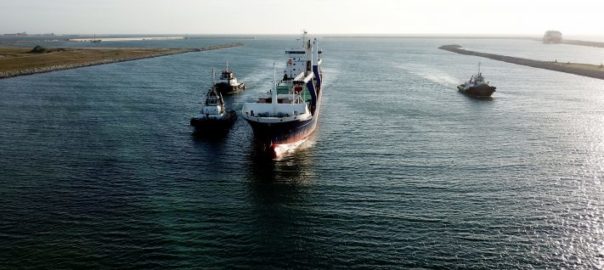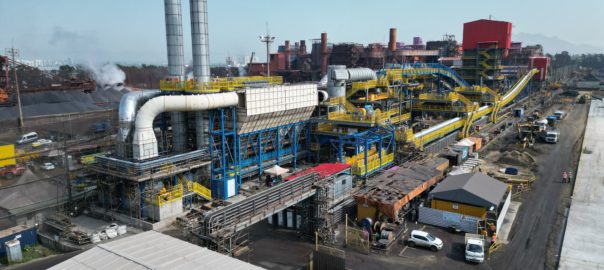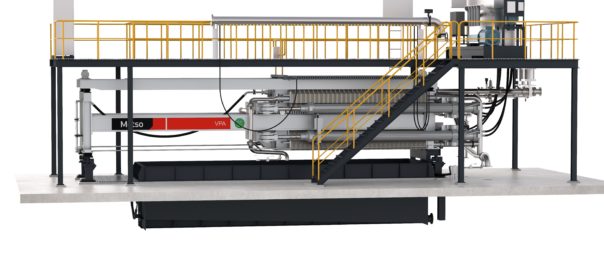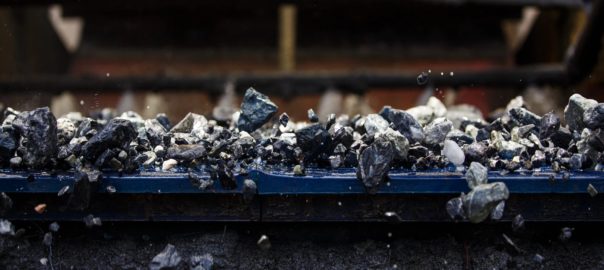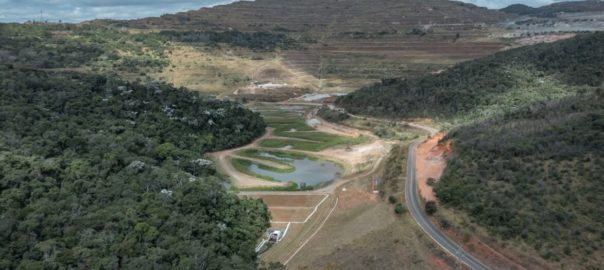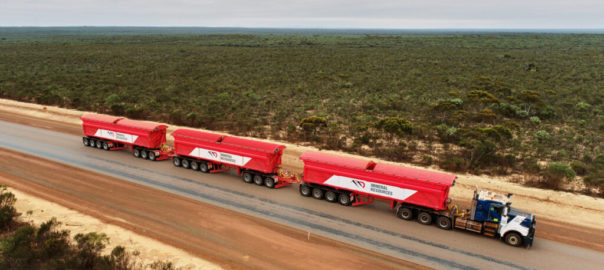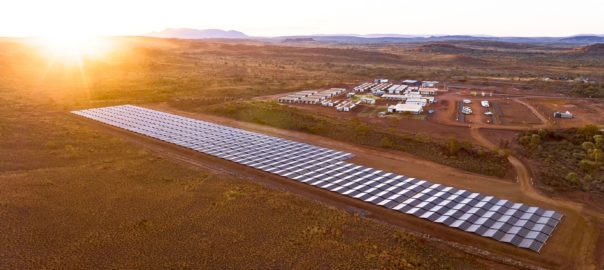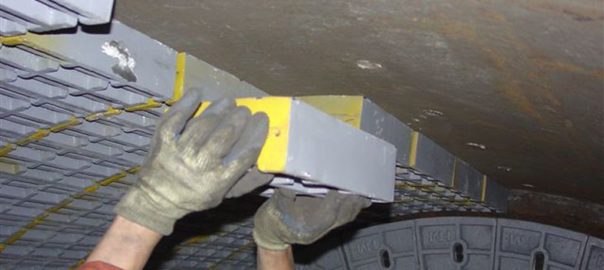Vale says it has signed a MoU with the Port of Açu to study the development of a Mega Hub at the port located in São João da Barra in the state of Rio de Janeiro, Brazil, to produce HBI (hot briquetted iron) using the direct reduction route.
The Mega Hub will initially receive pellets from Vale and could, in the future, include an iron ore briquette plant at site to supply the direct reduction route at the industrial complex.
According to the agreement, both companies will seek to attract investors and clients to build and operate the direct reduction plant using natural gas which will be available at the port, with the possibility of eventually converting to green hydrogen, producing HBI with near-zero carbon emissions.
It is a pioneering initiative that considers a technical study coordinated by the Port of Açu and sectorial academics which proposes the use of HBI as partial burden in blast furnaces, reducing greenhouse gas emissions and increasing steelmaking productivity without needing to substitute existing assets, such as the blast-furnaces and steelworks. Currently, HBI is mostly used in electric arc furnaces. Using HBI in this type of furnace will enable a smoother decarbonisation process for the Brazilian steelmaking industry.
The agreement with the Port of Açu marks another step in the development of Mega Hubs in Brazil. Mega Hubs are industrial complexes designed to produce low-carbon steel products and Vale has already begun implanting such hubs in three countries in the Middle East (Saudi Arabia, UAE and Oman).
Marcello Spinelli, Executive VP of Iron Ore Solutions, said: “We believe that Brazil has great potential to be a hub for low-carbon steelmaking. We have high-quality iron ore, abundant natural gas reserves and the potential to develop green hydrogen. As a Brazilian company, Vale seeks to partner with ventures that contribute in this direction. We want to be the driving force behind Brazil’s ‘neo-industrialisation’, which will be based on green industry.”
José Firmo, CEO of the Port of Açu, said: “The signing of this partnership demonstrates the full industrialisation potential of the Port of Açu, confirming its vocation as the port of energy transition in Brazil. We believe that the Port of Açu, with its unique port infrastructure in the country, strategic location and potential for the most competitive Brazilian natural gas prices, brings together unique characteristics to, together with Vale, contribute to the decarbonisation of the domestic and international steel industry.”
Albano Vieira, Consultant for steel and mining issues at Prumo, the holding company that develops the Port of Açu, said: “Brazil is one of the most important iron ore and steel producers in the world and Vale is a leading player in this market. The use of HBI in blast furnaces can reduce greenhouse gas emissions by around 25%, with even greater potential reductions along the chain, which would put the industry in line with the goals of reducing emissions by 2030. With the Port of Açu as the gateway to zero-carbon industrialisation projects, all the conditions and analyses point to the country becoming a major producer of HBI, supplying steel mills all over the world.”







